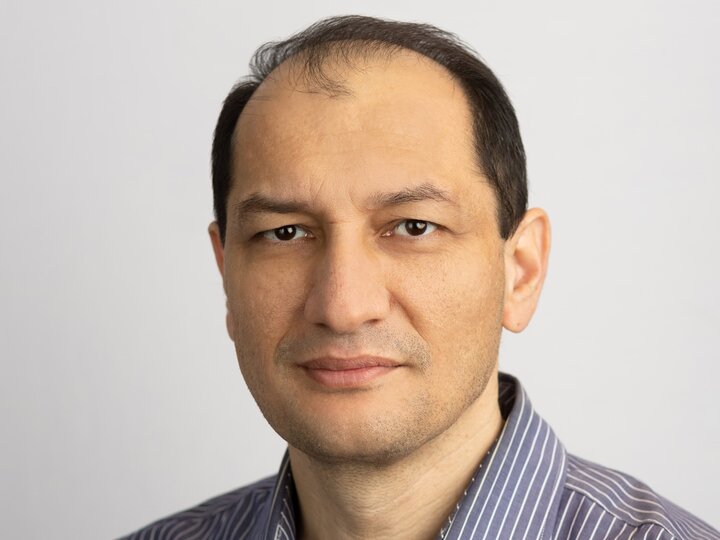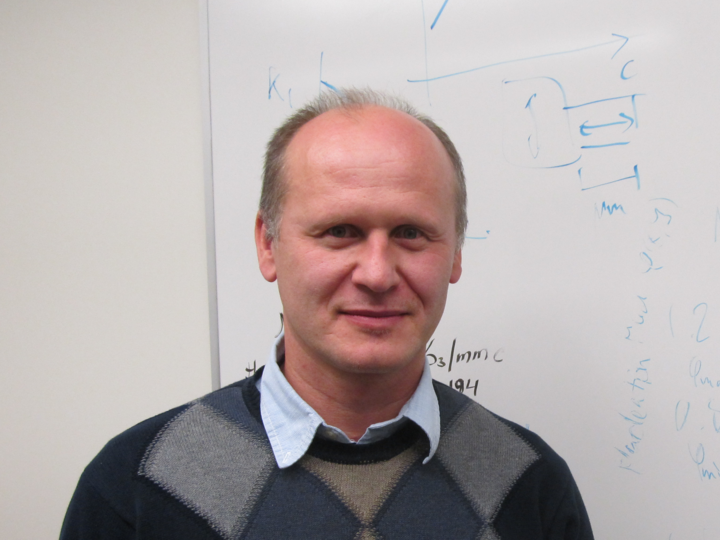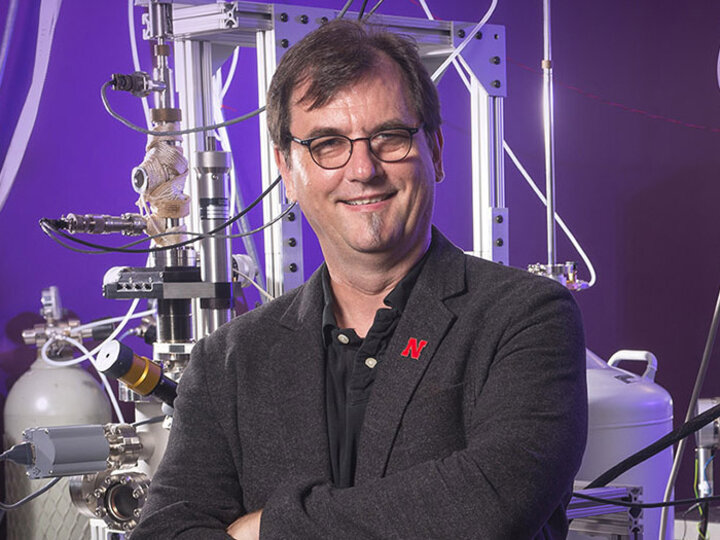About the Facility
The NCMN X-Ray Structural Characterization Facility is dedicated to materials identification and characterization through the non-destructive X-ray diffraction (XRD) technique. Applications include powder diffraction, x-ray reflectometry, small angle scattering, pole figure, reciprocal space mapping, Grazing incidence in-plane diffraction, x-ray crystallography, etc. Non-ambient powder and single-crystal diffraction are also available at selected temperature ranges.
Powder diffraction is routinely used for phase identification, finding the relative ratio of phases, structural phase transitions, percentage of crystallinity analysis of partially crystalline materials, etc. Advanced hardware and high-resolution optics are available to investigate thin films, multilayers, highly oriented, and epitaxial thin films. Grazing incidence in-plane diffraction provides valuable information on the structural order in the film's plane. X-ray crystallography is unique in its capabilities to unravel the absolute crystal structure from single crystal diffraction.
The following instruments are available at the NCMN X-ray Scattering Facility: (1) Rigaku SmartLab Diffractometer (2) Bruker D8 Discover Diffractometer (3) PANalytical Empyrean Diffractometer (4) Rigaku D-Max/B Diffractometer (5) Rigaku Multiflex diffractometer and (6) Bruker Photon 100 Single Crystal diffractometer.
Facility Contacts

Bibek Tiwari
Facility Specialist - Secondary
006A Jorgensen Hall
(402) 472-3693
tiwaribibek@huskers.unl.edu



Acknowledgement Text
Agencies, including the NSF and the University of Nebraska-Lincoln, providing partial support of our Nebraska Nanoscale Facilities and Nebraska Center for Materials and Nanoscience Facilities require that the following words be included at the end of any Acknowledgement section of a paper in which experimental work was done in NNF-NCMN facilities:
"The research was performed in part in the Nebraska Nanoscale Facility: National Nanotechnology Coordinated Infrastructure and the Nebraska Center for Materials and Nanoscience (and/or NERCF), which are supported by the National Science Foundation under Award ECCS: 2025298, and the Nebraska Research Initiative."
